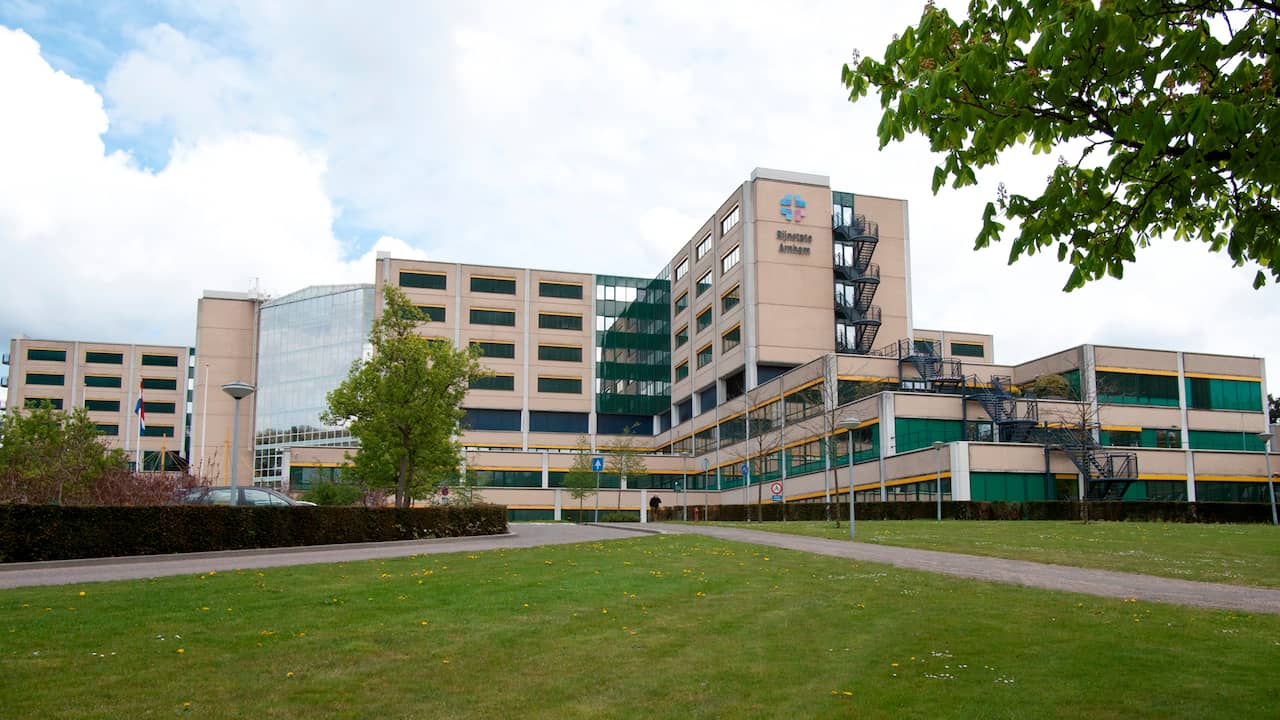Inflation finally appears to slow down in the US, and in October it dropped to its lowest level since January 2022, showing that central bank measures are starting to work, but still remain at very high levels.
Consumer prices rose 7.7% in October from October 2021, according to the benchmark CPI index, released Thursday by the Department of Labor.
This is in fact a much weaker increase than the 8.2% increase recorded in September over a year. And it’s also lower than the 7.9% predicted by analysts, according to the Market Watch consensus.
And, in just one month, prices increased by 0.4%. This is the same increase recorded between August and September, and it is also a good surprise, as analysts expected further acceleration and were aiming for + 0.6%.
This price increase had become one of the main themes of the campaign for the mid-term elections, which took place on Tuesday, the final results of which were not yet known on Thursday morning.
The Republican opposition first addressed the issue of inflation, involving President Joe Biden in this price hike. The Democrats, who were in a hurry to catch up with their competitors on this terrain that has become America’s main concern, caught it in the final stretch.
Housing accounts for a large part of this inflation, both for rent and purchase.
Property prices soared during the pandemic, fueled by historically low rates and the remoteness of cities allowed by teleworking.
The average price for a single-family home rose 8.6% in the third quarter, compared to the same period last year, according to data from the Association of Realtors (NAR), also released Thursday.
Interest rate
This slowdown could be a sign that the steps taken by the US central bank, the Fed, to bring inflation back into line, are finally starting to bear fruit.
It is in fact the powerful Federal Reserve that has the heavy task of bringing price increases back to around 2% in a year, a level considered healthy for the economy. On the other hand, another measure of inflation favors, the PCE index, which remained stable in September at + 6.2% in one year.
To reduce inflation, the Fed is trying to provoke a voluntary slowdown in US economic activity by raising interest rates, which should discourage household consumption and thus ease the pressure on prices.
And the health of the labor market is seen as an indicator of the effectiveness of these measures. The unemployment rate, in fact, should go up a bit.
The effects of this monetary tightening could have started to be felt in October, as the unemployment rate rose 0.2 points to 3.7%. But job creation, although less strong than in October, remained solid.
It will take time, Fed Chairman Jerome Powell warned last week.
Faced with persistent inflation, the Fed announced a further hike in its key rate on 2 November, the sixth in a row. That, which increased by 0.75 percentage points – a steep rise – is now in a range of 3.75% to 4.00%, the highest level since January 2008.
/ ATS


